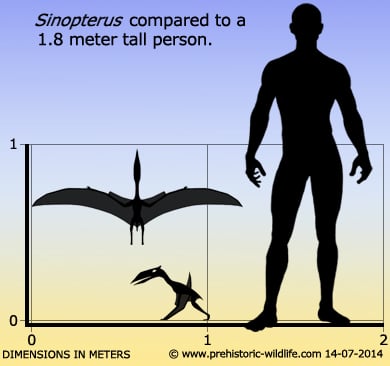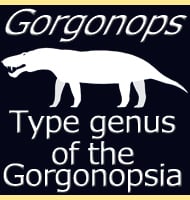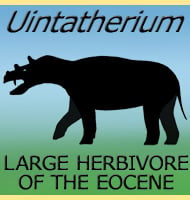In Depth
Aside from being the first tapejarid pterosaur discovered outside of Brazil, Sinopterus also represents one of the earliest and most complete. Sinopterus had a toothless bony beak and bony crest that runs from the premaxilla to the middle of the skull. The crest is then thought to extend upwards. Sinopterus is thought to have been an omnivore, with fruit perhaps forming an important part of its diet.
Another species, Sinopterus gui, is now thought to represent a younger individual of S. dongi. Some also consider that the smallest currently known pterosaur Nemicolopterus which also comes from the same Jiufotang Formation, may also represent a juvenile Sinopterus. As always, more fossils and study will be required for both of these pterosaurs.
Further Reading
– A new pterosaur (Pterodactyloidea, Tapejaridae) from the Early Cretaceous Jiufotang Formation of western Liaoning, China and its implications for biostratigraphy. – Chinese Science Bulletin 48:16-23. – X. Wang & Z. Zhou – 2003. – A new Lower Cretaceous sinopterid pterosaur from the Western Liaoning, China. Acta Palaeontologica Sinica 42(3):442-447. – J. Li, J. L� & B. Zhang – 2003. – New information on Tupandactylus imperator, with comments on the relationships of Tapejaridae (Pterosauria). – Acta Palaeontologica Polonica. – F. L. Pinheiro, D. C. Fortier, C. L. Schultz, J. A. F. G. De Andrade & R. A. M. Bantim – 2011. – The Toothless Pterosaurs from China. – Acta Geologica Sinica. 90 (9). – Junchang L�, Fangfang Teng, Deyu Sun, Li, Caizhi, Guoqing Li, Xia Guo & Hanfeng Liu – 2016.










